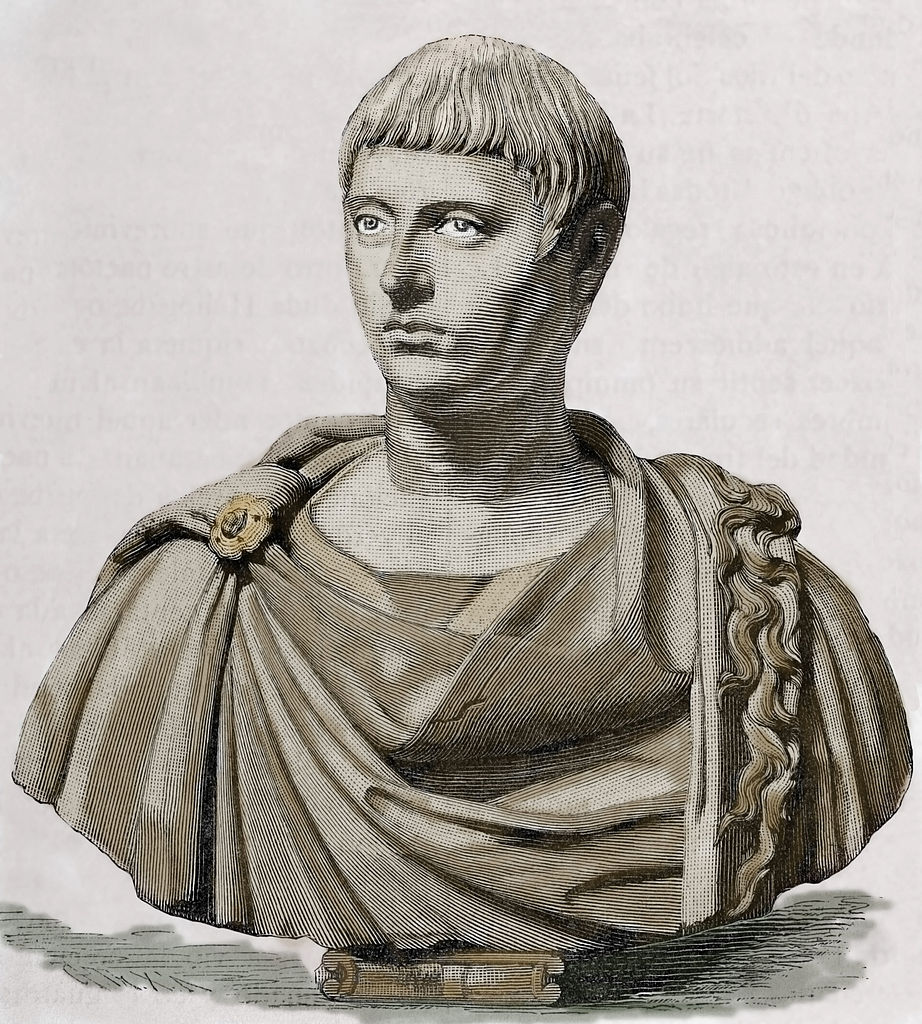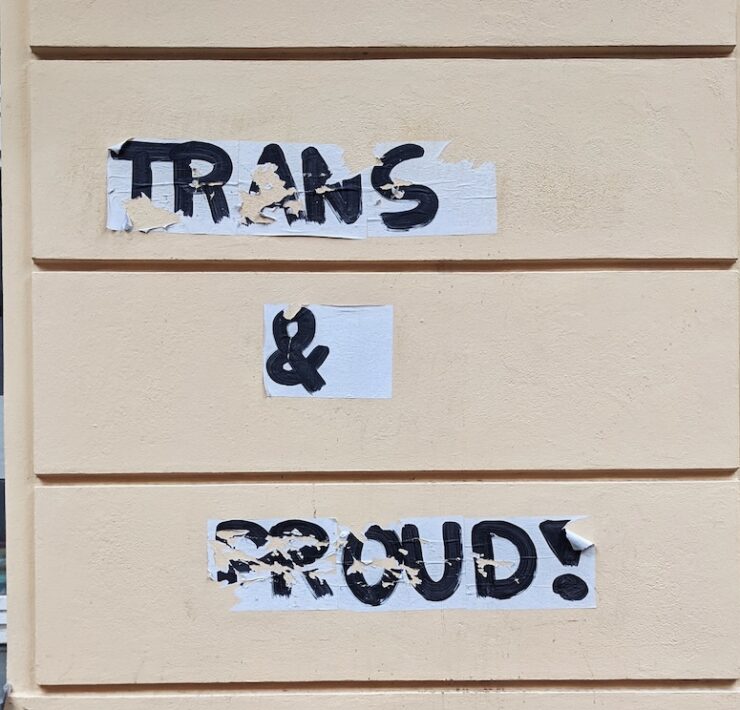U.K. Museum Recognizes Roman Emperor as a Trans Woman

Owen Swallow is an editorial intern at Out Front and…
Everyone’s favorite pastime, thinking about the Roman Empire, has more of a queer twist than you might think. According to a British museum, this is more true now than ever. In Hitchin, a sleepy English town just north of London, the North Herfordshire Museum has identified that the Roman emperor Elagabalus was a transgender woman.
The museum’s decision comes with the reevaluation of historical texts where the Roman emperor allegedly said, “call me not Lord, for I am a Lady.” At least, that is according to the account of Cassisus Dio, a prominent Roman historian active circa 200 AD.
With this decision, the English museum will now refer to Elagabalus with feminine pronouns. Elagabalus, as a teenager, ruled as a Roman emperor from 218 to 222 AD before she was ultimately assassinated.
“We try to be sensitive to identifying pronouns for people in the past, as we are for people in the present; it is only polite and respectful,” says Keith Hoskins, an executive member for Enterprise and Arts at North Herts Council, which helps run the museum. “We know that Elagabalus identified as a woman and was explicit about which pronouns to use, which shows that pronouns are not a new thing.”
The museum’s decision has some experts split on the matter. “This is as tricky (an) area in the ancient world as it is now,” says historian and author Mary Beard. “What is said by Romans about Elagabalus powerfully reminds us that debates about the boundaries between male and female go back thousands of years. We are not the first generation to have those debates.” Beard is a trustee of the British Museum and the author of Emperor of Rome: Ruling the Ancient Roman World.
Furthermore, some queer historians, like Hugh Ryan, have noted that using modern terminology to describe historical figures simplifies and erases the way people in the past saw gender and sexuality.
Elagabalus holds a precarious position in Roman history. It is known that the emperor married both men and women, on separate occasions, but there is historical consensus on the emperor’s pronouns.
The museum based their decision off of statements made by Dio, who lived during Elagabalus’s reign and who’s writing on the history of Rome have provided scholars with a detailed perspective on Roman life and politics. The museum further referenced a text alleging that Elagabalus asked about surgical procedures that would be considered gender affirming.
Some scholars argue that these texts were written by Dio (and other figures) might have been referring to the Roman emperor with female characteristics, alleging Elagabalus was “termed wife, mistress, or queen” as a means of criticizing their rule. Beard notes that Dio has referred to other emperors as women, such as Nero.
Debates on gender and sexuality are not new to history, and certainly are not new to discussions of ancient Rome. Hoskins defends the museum’s decision to recognize Elagabalus as a woman and recognize that the emperor preferred feminine pronouns because texts explicitly note the emperor’s use of pronouns.
The North Hertfordshire Museum has a coin with a depiction of Elagabalus in its LGBTQ+ section.
Photo courtesy of ArtNet
What's Your Reaction?
Owen Swallow is an editorial intern at Out Front and is also pursuing their Master's Degree in International and Intercultural Communication at the University of Denver.










